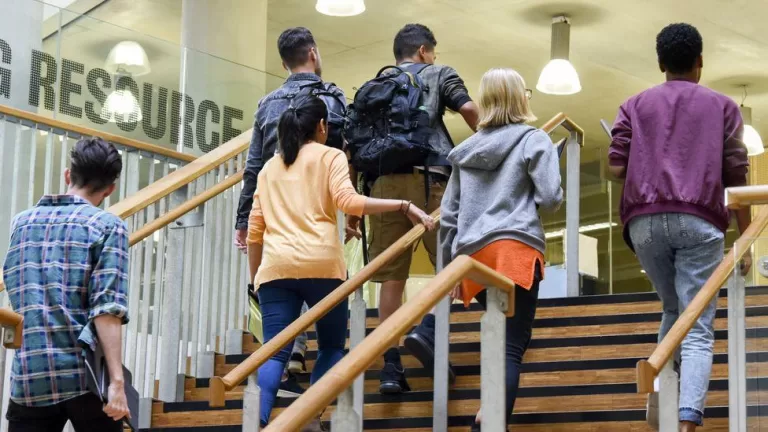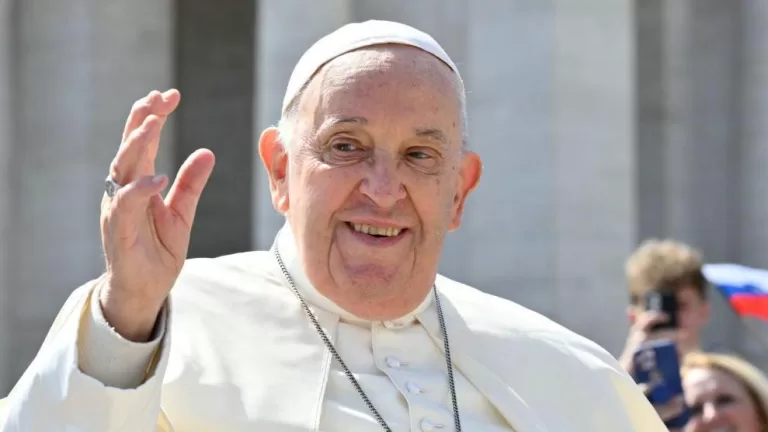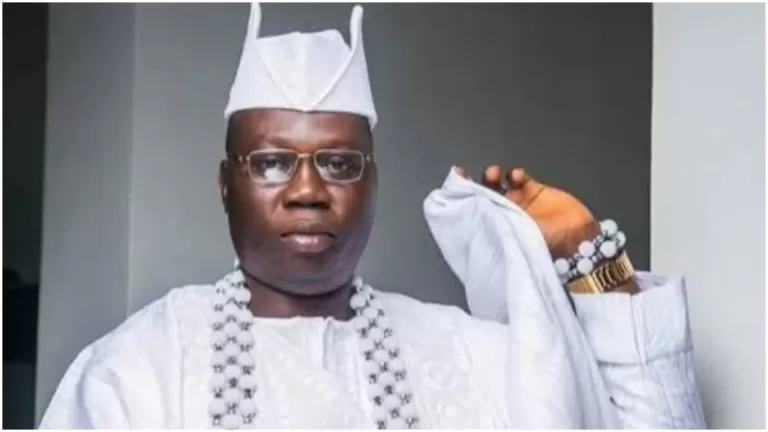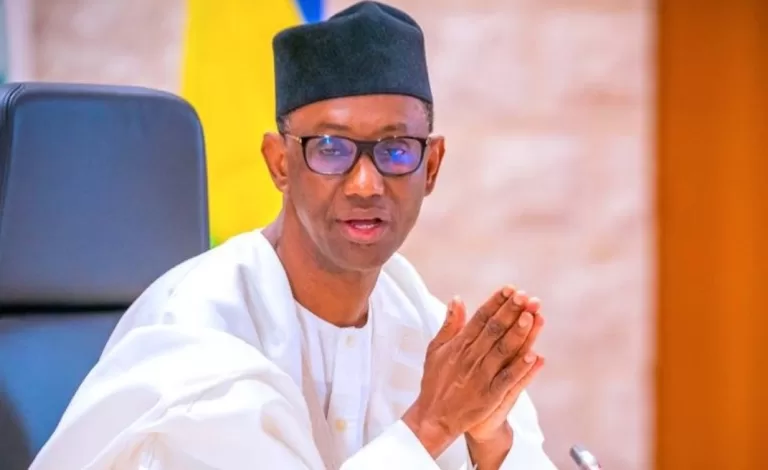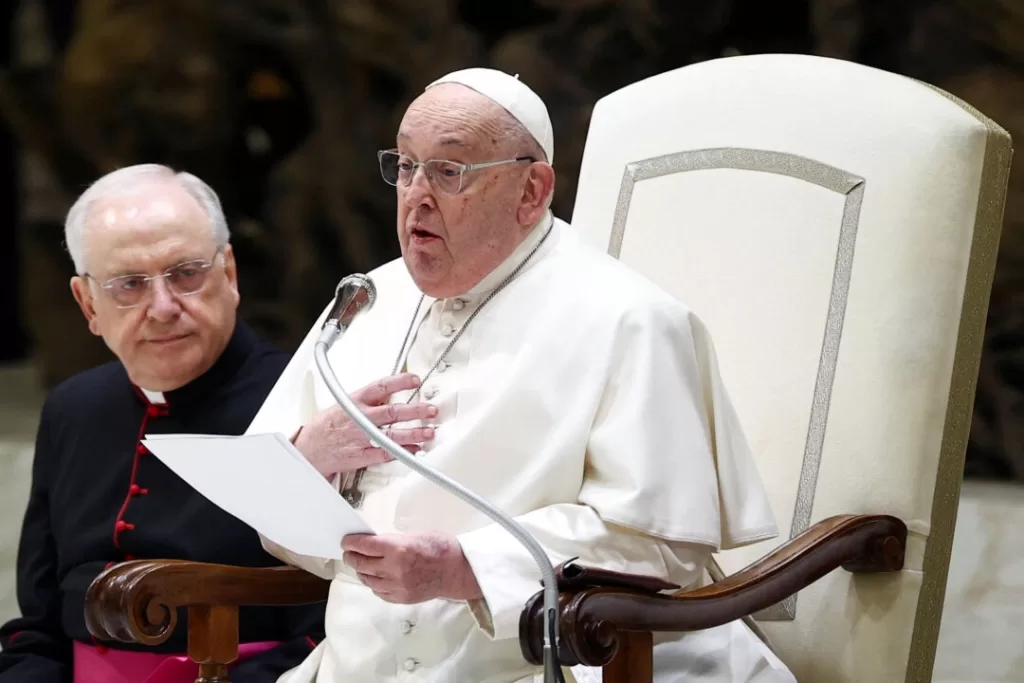
Pope Francis speaks during the weekly general audience, in Paul VI Audience Hall at the Vatican, on Feb. 12, 2025. Guglielmo Mangiapane/Reuters
As the bells of St. Peter’s tolled solemnly on April 21, marking the death of Pope Francis I at age 88, attention within the Vatican swiftly turned from mourning to the sacred protocols of transition. The leader of the world’s 1.3 billion Catholics died at 7:35 a.m. local time in his residence at Domus Sanctae Marthae, following complications from a stroke and subsequent heart failure.
Now, the centuries-old rituals of papal succession begin – first in grief, then in governance.
The Final Rites of a Pontiff
Cardinal Kevin Farrell, the camerlengo of the Holy Roman Church, is now the most crucial figure in the days ahead. As the custodian of the transition, he is overseeing funeral rites and preparing the Church for its next spiritual leader. Immediately following the pontiff’s death, Farrell certified the passing in accordance with papal tradition. The papal ring, a symbol of his authority, has been destroyed. His private apartments sealed.
By evening on the day of his death, Pope Francis’s body was placed in a coffin inside the chapel of his residence, in keeping with the simplified funeral directives he issued in 2024 – an intentional departure from the grandiose ceremonies of his predecessors. These changes reflect his papacy’s ethos: humility, accessibility, and a pastoral focus.
A public viewing of the late pope’s body at St. Peter’s Basilica is scheduled to begin on April 23. The funeral itself is expected within the week, followed by a traditional nine-day mourning period.
Unlike his immediate predecessors, Francis will not be buried in St. Peter’s Basilica but at the Basilica of St. Mary Major – further testament to his desire to de-emphasize the papacy’s worldly grandeur.
The Conclave and the Next Pope
Once the mourning period concludes, the Vatican will enter one of its most secretive and consequential moments: the papal conclave.
Only cardinals under the age of 80 are eligible to vote. As of now, 134 cardinal-electors from around the world – including 10 from the United States – will be sequestered inside the Vatican’s Casa Santa Marta. Among them are 4 cardinals from Africa, representing the continent’s growing influence within the global Church. Nigeria contributes 1 eligible elector, Cardinal John Onaiyekan, reflecting the country’s status as one of the largest Catholic populations in Africa.
These men will cast secret ballots inside the Sistine Chapel until a new pope is elected by a two-thirds majority.
Though technically any baptized Catholic man can be elected pope, the last non-cardinal chosen was over half a millennium ago.
The conclave will proceed with one vote on its first day and up to four votes on each day thereafter. Ballots are burned after each session – black smoke for indecision, white for consensus. Once chosen, the new pope will select his name and step out on the loggia of St. Peter’s Basilica to be introduced to the world with the ancient words: Habemus Papam – “We have a pope.”
A Church at a Crossroads
This will be the third conclave of the 21st century, a rarity in Church history. With the passing of Pope Francis, the Church loses not only its first Latin American pope but also a leader who redefined the papal office. From his plain white vestments to his reformist stance on doctrine and Church governance, Francis often prioritized mercy over dogma and humility over hierarchy.
His death opens a profound moment of reflection – not just on his legacy, but on the future of Catholicism itself. The next pope will inherit a global Church grappling with modern crises: declining Western attendance, rising secularism, and theological polarization.
In this uncertain hour, one thing is sure: the eyes of the faithful – and the world – are once again fixed on the chimney of the Sistine Chapel.


